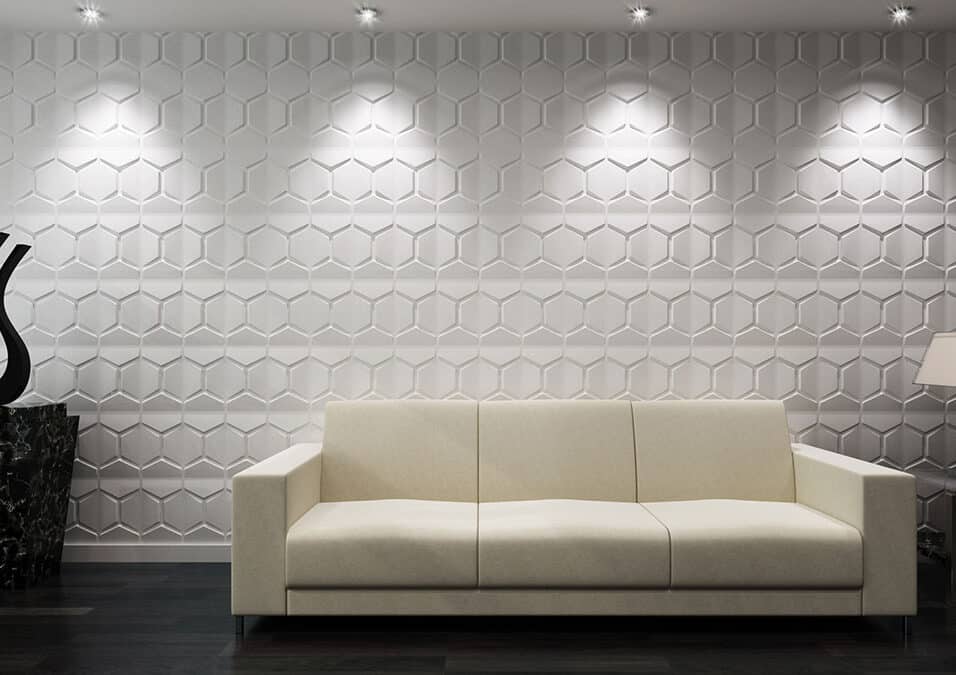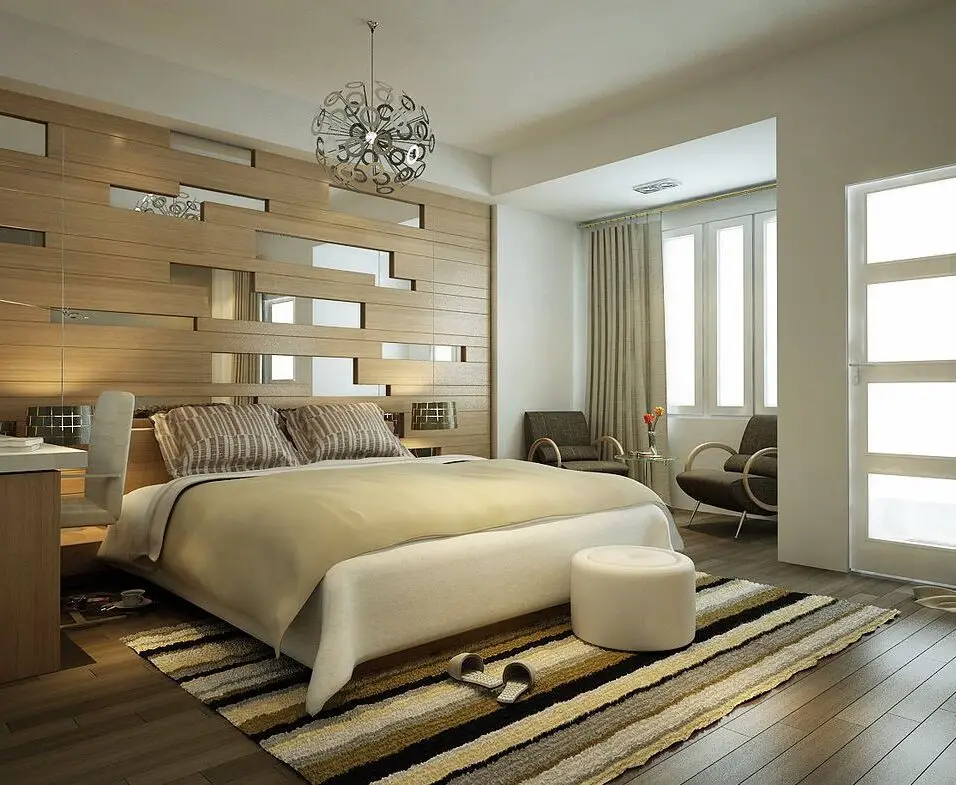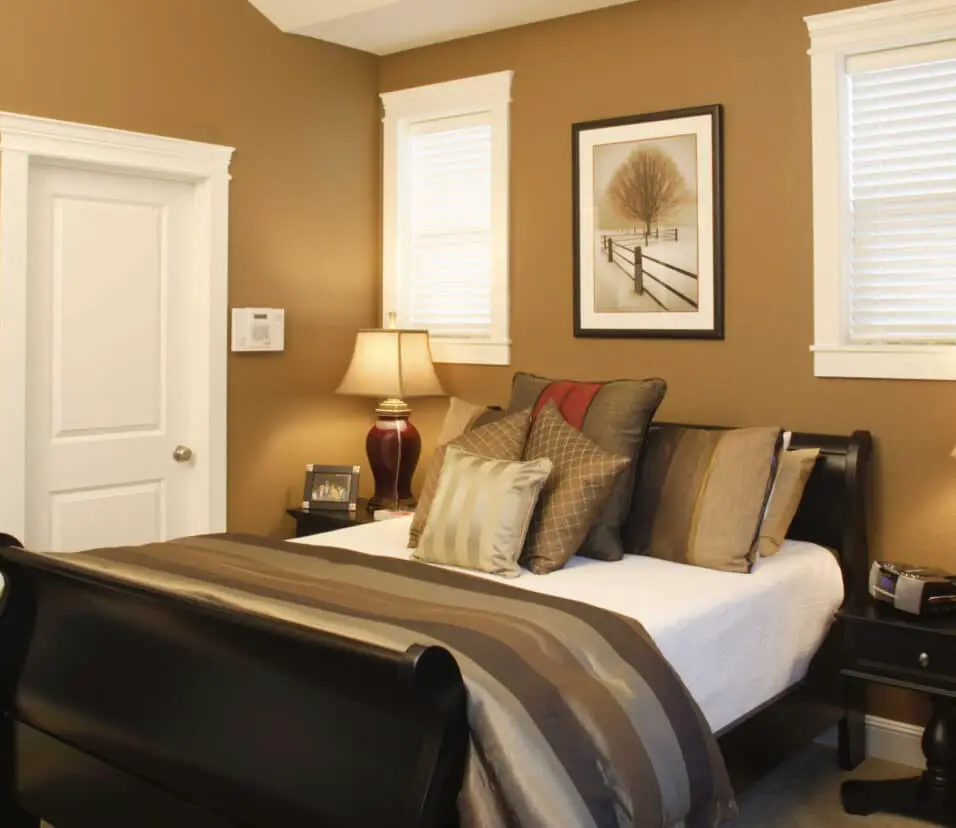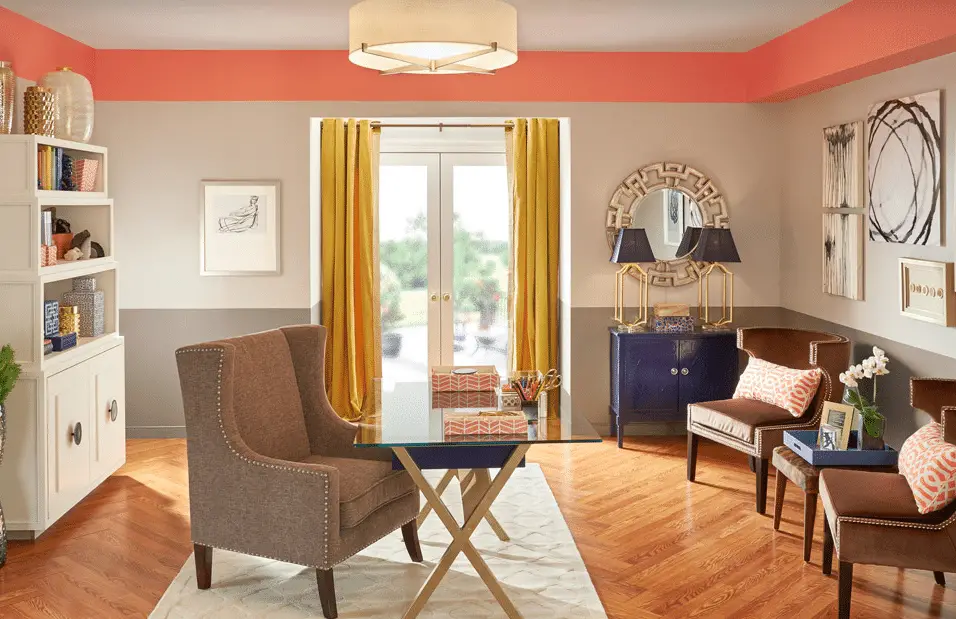What Type Of Wood For Framing Interior Walls
Introduction
What Type Of Wood For Framing Interior Walls: The type of wood used to frame inside walls affects the structural integrity, lifespan, and beauty of your home or office. Interior wall framing supports walls, ceilings, roofs, insulation, electrical wiring, and plumbing as the structure’s skeleton. For this reason, different woods have different qualities and considerations.
Woods for internal wall framing include softwoods and hardwoods. Pine, fir, and spruce are popular because of their price, availability, and workability. Since residential construction requires less load-bearing, they are typically employed. However, hardwoods like oak, maple, and cherry are stronger and more durable. Hardwoods are more expensive and usually designated for high-end projects, but they resist wear and tear, making them ideal for high-traffic areas or those with an elevated aesthetic.
Selecting the right wood depends on budget, space use, and local availability. Consider the lumber’s moisture content, dimensional stability, and pest susceptibility while choosing. A construction professional or carpenter may advise you on the ideal wood type for your project, taking into account regional climate, local building rules, and project needs.
The type of wood you choose for framing interior design walls significantly impacts the functionality, durability, and visual appeal of your space. By understanding the distinctions between softwoods and hardwoods, along with their respective advantages and limitations, you can make an informed decision that aligns with your project goals and ensures a structurally sound and aesthetically pleasing result.

What is the best wood for framing interior walls?
hardwood – softwoods such as pine, spruce or douglas fir are flexible and have straighter grain than hardwoods, giving them a leg up in strength and making them a popular choice for framing. Grade – lumber grade is determined by the number of defects in the wood and thus reflects its quality.
When framing interior walls, the choice of wood is crucial for structural integrity, stability, and ease of installation. Among the various options available, kiln-dried Douglas fir stands out as one of the best choices for framing interior walls.
Kiln-dried Douglas fir possesses remarkable strength-to-weight ratio and dimensional stability, making it an ideal candidate for framing. Its consistent grain pattern and minimal warping reduce the risk of wall irregularities over time. Additionally, it’s readily available in various sizes, allowing for versatile framing configurations.
The wood’s natural resistance to decay and insects further enhances its suitability for interior framing. Its solid composition ensures secure fastening of drywall, insulation, and other wall materials. While other woods like pine and spruce are also used, Douglas fir’s exceptional load-bearing capacity and durability often make it a preferred option for professional builders and contractors.
In summary, kiln-dried Douglas fir emerges as a prime choice for framing interior walls due to its strength, stability, resistance to decay, and ease of use. Proper installation with this wood can lead to structurally sound and long-lasting interior walls.
Which is the best wood for interior work?
You must consider the best kind of wood for your interior to get the most elegant yet pleasing style.
- Teak wood. If you want to choose the best furniture for your interiors, you can easily choose teak wood.
- Rosewood.
- Sal wood.
- Cedarwood.
- Mahogany Wood.
- Oakwood.
- Satinwood.
Oak is a popular hardwood for interior woodworking and finishing due to its many benefits. Oak wood, available in red and white, is popular for interior applications due to its durability, aesthetic appeal, and workability.
Oak’s solid and tight grain structure makes cabinetry, furniture, and flooring durable and wear-resistant. Its warm tone and pronounced grain patterns offer elegance to any space.
Due to its workability, oak may be stained and polished to produce desired aesthetics and exquisite workmanship. Its ability to secure screws and nails simplifies installation and improves craftsmanship.
Oak is popular for interior work, but maple, cherry, and walnut are also popular. The “best” wood depends on the project’s needs and design goals. Oak is a popular choice for many interior woodworking projects due to its strength, beauty, and versatility.
What wood should I use for interior walls?
Walnut and white oak are the most iconic wood textures (especially when it comes to wooden wall panelling), but more affordable options like ash or maple can also work well.
When considering wood for interior walls, the choice depends on factors like aesthetics, budget, and desired level of durability. Softwoods such as pine, cedar, and spruce are commonly used due to their affordability, ease of installation, and natural charm. Pine is a popular choice for its light color and distinctive knots, lending a rustic appeal to interiors. Cedar offers natural resistance to insects and decay, making it suitable for moisture-prone areas like bathrooms or basements. Spruce is budget-friendly and takes finishes well.
If seeking a more upscale look, hardwoods like oak, maple, or cherry can be employed, though they are often pricier. These woods offer elegant grain patterns and a premium finish, enhancing the overall aesthetic of interior spaces. Another option is engineered wood products, like plywood or medium-density fiberboard (MDF), which provide stability, consistency, and cost-effectiveness.
Ultimately, the wood selection should align with your design preferences, budget constraints, and the intended function of the interior walls. Careful consideration of these factors will guide you toward choosing the most appropriate wood for your specific project.
What is wood used for in interior design?
Wood is a good material for creating statement walls or structural elements and giving the room an accent. As a natural material, it instantly adds warmth and natural light to an interior.
Wood plays a pivotal role in interior design, offering both functional and aesthetic contributions to spaces. Its versatility and warmth make it a preferred material for various applications.
Flooring is a prominent use of wood, creating a cozy and inviting atmosphere. Hardwood floors, engineered wood, and wood-look tiles provide durability and a timeless appeal. Wooden furniture pieces, such as tables, chairs, and cabinets, lend character and charm while offering functional utility.
Wooden wall paneling or cladding introduces texture and visual interest, enhancing the overall ambiance. Trim work, baseboards, and crown molding crafted from wood add architectural detail and frame spaces elegantly. Additionally, wood can be employed for decorative accents like carved screens, art pieces, or room dividers.
Incorporating wood into ceilings, through exposed beams or intricate designs, adds a sense of warmth and dimension. Wood can also be utilized in staircase design, railing systems, and built-in shelving units, contributing to both aesthetics and practicality.
Whether in its natural form, stained, painted, or varnished, wood offers a wide range of finishes to suit diverse design styles. Its ability to blend with various materials and its timeless appeal make wood an indispensable element in interior design, infusing spaces with authenticity, comfort, and visual appeal.
What are the key factors to consider when selecting the appropriate type of wood for framing interior walls?
When selecting the suitable wood for framing interior walls, several critical factors warrant consideration to ensure structural integrity, longevity, and overall quality. First, the wood’s strength and load-bearing capacity must align with the intended purpose of the walls. Kiln-dried woods like Douglas fir are often preferred due to their superior strength-to-weight ratio and dimensional stability.
Second, the wood’s resistance to moisture and decay is crucial, especially in areas prone to humidity or potential water exposure. Cedar’s natural resistance to insects and decay, for instance, makes it a reliable choice for such environments.
Third, ease of installation matters, as framing requires precise cuts and secure fastening. Woods with consistent grain patterns and minimal warping, like Douglas fir or spruce, facilitate smoother installation processes.
Fourth, consider the wood’s availability and cost. Softwoods such as pine and spruce are generally more affordable and readily accessible, while hardwoods like oak or maple might be pricier but offer enhanced aesthetics.
Lastly, sustainability is increasingly important. Opt for woods certified by organizations like the Forest Stewardship Council (FSC) to ensure responsible sourcing and minimize environmental impact.
In essence, the interplay of strength, resistance to moisture, workability, cost, and sustainability defines the key factors that guide the selection of the most appropriate wood for framing interior walls, ensuring a robust and enduring foundation for the space.
How does the choice of wood species impact the structural integrity and durability of interior wall framing?
The choice of wood species significantly influences the structural integrity and durability of interior wall framing due to variations in strength, stability, and resistance to external factors. Different wood species possess distinct characteristics that can affect the overall performance of the framing.
Species with high-density and strong cell structures, such as Douglas fir and oak, tend to offer superior load-bearing capabilities, contributing to the overall stability of the wall. These woods are less prone to bending, warping, or sagging under the weight of wall components and potential loads.
Moreover, the natural properties of certain wood species can enhance their durability. For instance, woods like cedar exhibit innate resistance to insects and decay due to their composition of natural oils and compounds. This resistance extends the lifespan of the framing by mitigating the risks of rot and pest damage, especially in moisture-prone areas like bathrooms or basements.
Conversely, the use of softer and less dense woods might result in reduced load-bearing capacity and increased susceptibility to wear, potentially compromising the structural integrity of the framing over time.
The selection of a specific wood species directly impacts the strength, stability, and longevity of interior wall framing. By considering the inherent qualities of various wood options, one can make an informed decision that ensures a robust and durable framework for the interior space.
What advantages does kiln-dried Douglas fir offer when compared to other wood options for framing interior walls?
Kiln-dried Douglas fir holds several advantages over other wood options when used for framing interior walls. Firstly, its exceptional strength-to-weight ratio ensures a solid and stable framework that can withstand structural loads effectively. This property is particularly advantageous for supporting various wall components and maintaining the overall integrity of the structure.
Secondly, kiln-dried Douglas fir exhibits minimal shrinkage and warping due to its controlled drying process, ensuring consistent dimensions and reducing the risk of wall irregularities over time. This stability is crucial for maintaining the accuracy of measurements and the overall aesthetics of the interior space.
Furthermore, Douglas fir’s inherent resistance to decay and insects enhances the durability of the framing, reducing the likelihood of damage caused by moisture or pests. This attribute contributes to the long-term structural soundness of the walls, making it a reliable choice for longevity.
The wood’s relatively straight grain pattern simplifies installation, allowing for precise cuts and secure fastening. Additionally, its ability to hold nails and screws securely adds to the ease of assembly during the framing process.
Kiln-dried Douglas fir’s combination of strength, dimensional stability, resistance to decay and insects, and ease of installation positions it as a favorable wood choice for framing interior walls. Its benefits contribute to a robust and enduring foundation that ensures the overall quality and reliability of the interior space.
In terms of load-bearing capacity, how does spruce compare to cedar as potential wood choices for framing interior walls?
Spruce and cedar, two woods used to frame interior walls, have different load-bearing capacities. Spruce can carry more than cedar. Carry larger loads without deflection or structural compromise due to its high strength-to-weight ratio. Reliable choice for framing heavy-duty applications due to this trait.
However, cedar has a poorer load-bearing capability than spruce despite its beauty, decay resistance, and insect repelling characteristics. With its lesser density and softer composition, cedar may deflect under severe loads, making it unsuitable for structural rigidity applications.
The project requirements, space use, and structural demands must be considered when determining load-bearing capability for inside walls. Due to its strength, spruce may be better for load-bearing applications.

Conclusion
In the realm of interior wall framing, the choice of wood transcends mere construction; it defines the very essence of your living or working environment. The decision hinges upon a delicate balance between practicality and aesthetics, each wood type offering its own narrative of strength, durability, and visual allure.
Whether opting for the cost-effective accessibility of softwoods like pine and spruce, or embracing the lasting elegance of hardwoods such as oak or cherry, the final selection carries profound implications for the space’s character. Softwoods lend themselves to versatility and efficiency, catering well to residential projects where functionality takes precedence. Meanwhile, hardwoods radiate a sense of luxury and permanence, ideal for spaces demanding both endurance and sophistication.
Ultimately, the narrative of your interior space finds its expression in the wood that frames it. The journey to an informed decision involves understanding regional considerations, project demands, and personal aspirations. By partnering with experts and discerning the nuances of wood framing types, you orchestrate a symphony of craftsmanship that transforms walls into artistry and construction into curation. As you bring your vision to life, the chosen wood resonates as a silent yet steadfast collaborator, shaping not only the physical structure, but also the emotions and experiences that will unfold within it.








